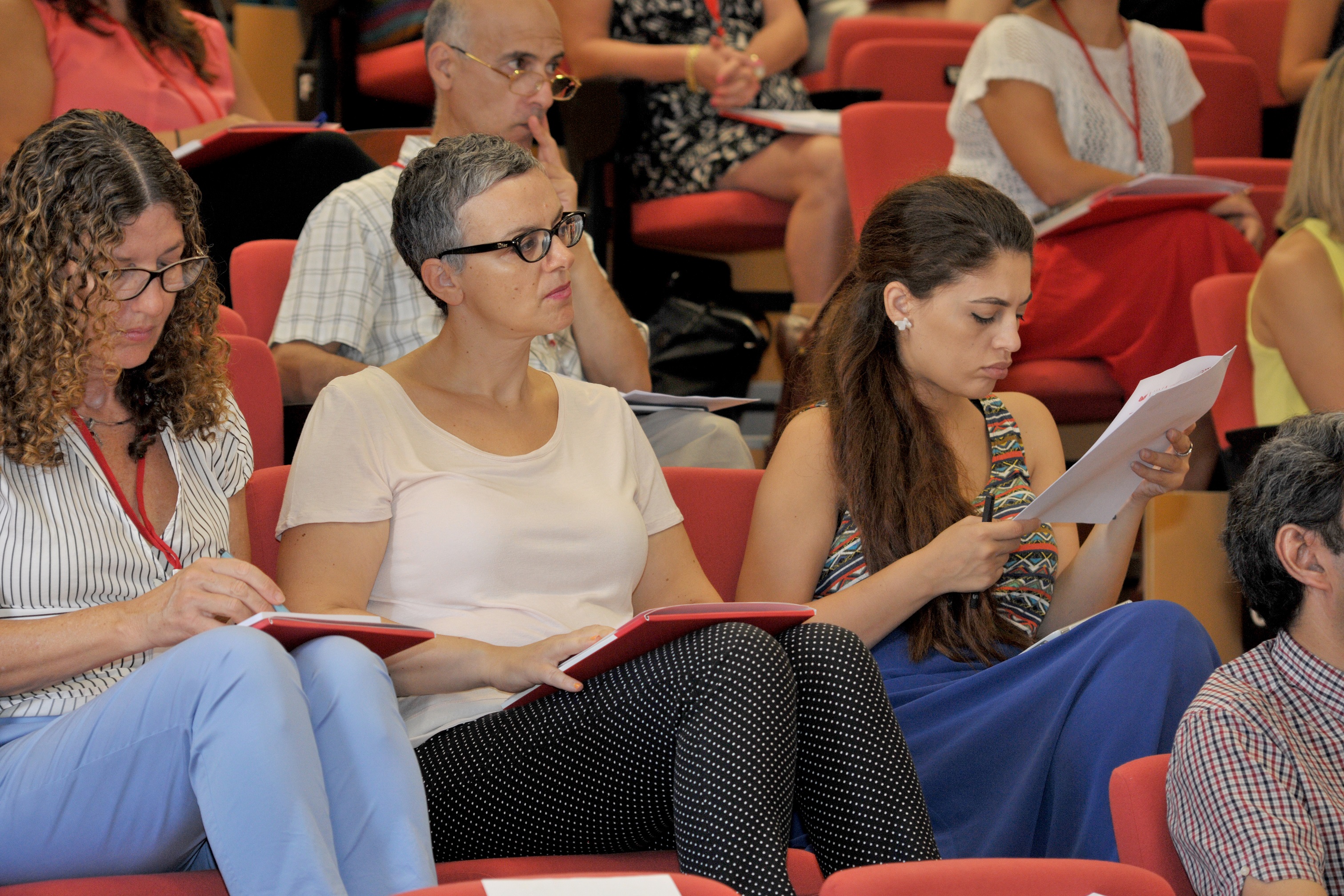Guest blogger Charmaine Zammit discusses exhibitions, art selfies and the Curatorial School, just in time for the opening of the second edition of the Curatorial School.
A good amount of issues concerning the curatorial aspect often arise when I ponder about the purpose of ‘contextual art’ for the contemporary communities, which then leads to my curiosity on the system by which an exhibition, its narrative and its viewers relate to each other. On observing some guests’ behaviour during an exhibition opening event, through their constant gossip, unconscious grabbing of wine-glasses from trays and nervous nibbling of finger-foods, I often wonder how the viewers can ever be effectively engaged in an exhibition. Perhaps, the viewers are more naturally inclined to engage with art that is displayed in public spaces.
A case in point could be the immediate arousal of hot debates by the prominent presence of last year’s ŻIEME installation at the entrance of Valletta, as part of VIVA 2014 and the fact that locals and tourists flocked to take ‘selfies’ with it. Recently, I was also curious to observe that some Facebook friends who usually avoid art museums while visiting other countries, constantly post ‘selfies’ with art in public spaces, possibly to let the world know that they are also ‘cultured’ and art aficionados. Does the fact that one is into art and culture adds to self-respect by the public? Then I wonder whether such human behaviour is the mission of artists who display their work in public spaces.
The topics concerning Curation, Communities and Context happen to be this year’s theme in VIVA Curatorial School Programme. A skim through the Programme’s descriptions of presentations and workshops rests my mind that the above mentioned curatorial issues and more will be dealt with.
Nearly a month ago, in order to link the ‘Youth Identity Workshops’ with Zvezdan Reljic’s exhibition ‘Beltin’, both of which are part of this year’s VIVA event, I witnessed the gradual development of the exhibition. It was fascinating to observe the synchronicity of the artist and the community through a creative process where Elise Billiard’s documentation, the context of old and contemporary Valletta, the community of Valletta residents and photography came together. I have no doubt that the ‘Beltin’ exhibition, curated by Raphael Vella, will provide a good inspiration for the youth community of Aġenzija Żgħażagħ. In addition, the artist Zvezdan Reljic kindly offered to meet face to face with the youth participants during the ‘Youth Identity Workshops’. On a similar note, the VIVA Curatorial School participants will have the chance to meet face to face with most of this year’s fourteen international speakers, including a range of artists, curators, art critics and art directors, namely: Fulya Erdemci, Simon Sheikh, Mai Abu ElDahab, Paul Ardenne, Bassam el Baroni, Adam Budak, Lennard Dost, Mare van Koningsveld, Libia Castro, Ferhat Özgür, Gail Feigenbaum, Leo Delfgaauw, Zineb Sedira, Iury Lech. Through presenting individual exhibitions and talking about their own practice, the speakers will undoubtedly serve for creative inspiration which will stimulate further issues and questions. Besides being actively engaged in hands-on workshops and lectures, the participants will be given a chance to present their own curatorial ideas.
Undoubtedly this is a lucky time to be part of the local visual arts scene, bearing in mind that there is a space for an international debate on contemporary art topics. Appreciation for this contemporary opportunity goes to the educational initiative of the VIVA Curatorial School, hosted in collaboration with the Valletta 2018 Foundation, Fondazzjoni Kreattività, and the Faculty of Education (University of Malta).
Words by Charmaine Zammit.

